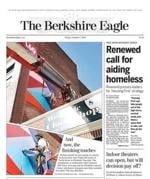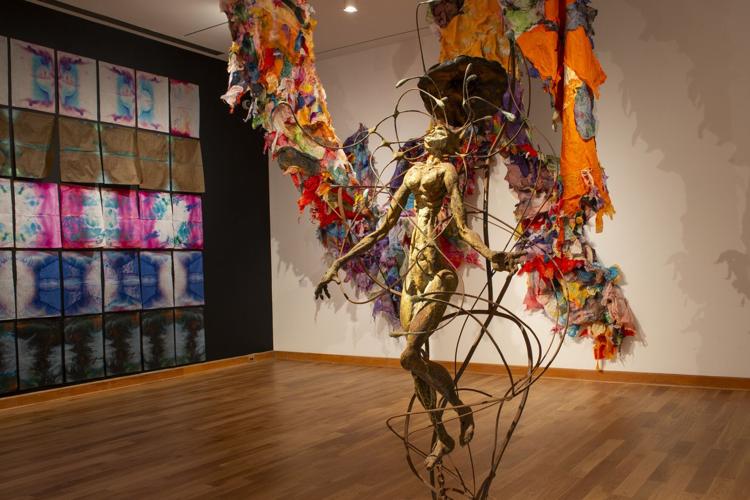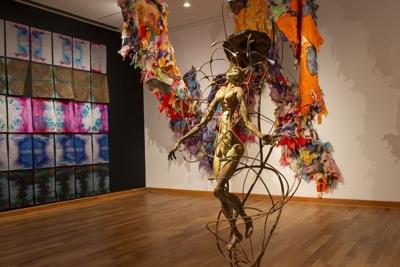WILLIAMSTOWN — On Sept. 22, 1862, President Abraham Lincoln issued a preliminary Emancipation Proclamation, warning that any state still in open rebellion at the start of the new year would see all enslaved peoples freed.
When the Confederate states did not comply, Lincoln issued the Emancipation Proclamation on Jan.





